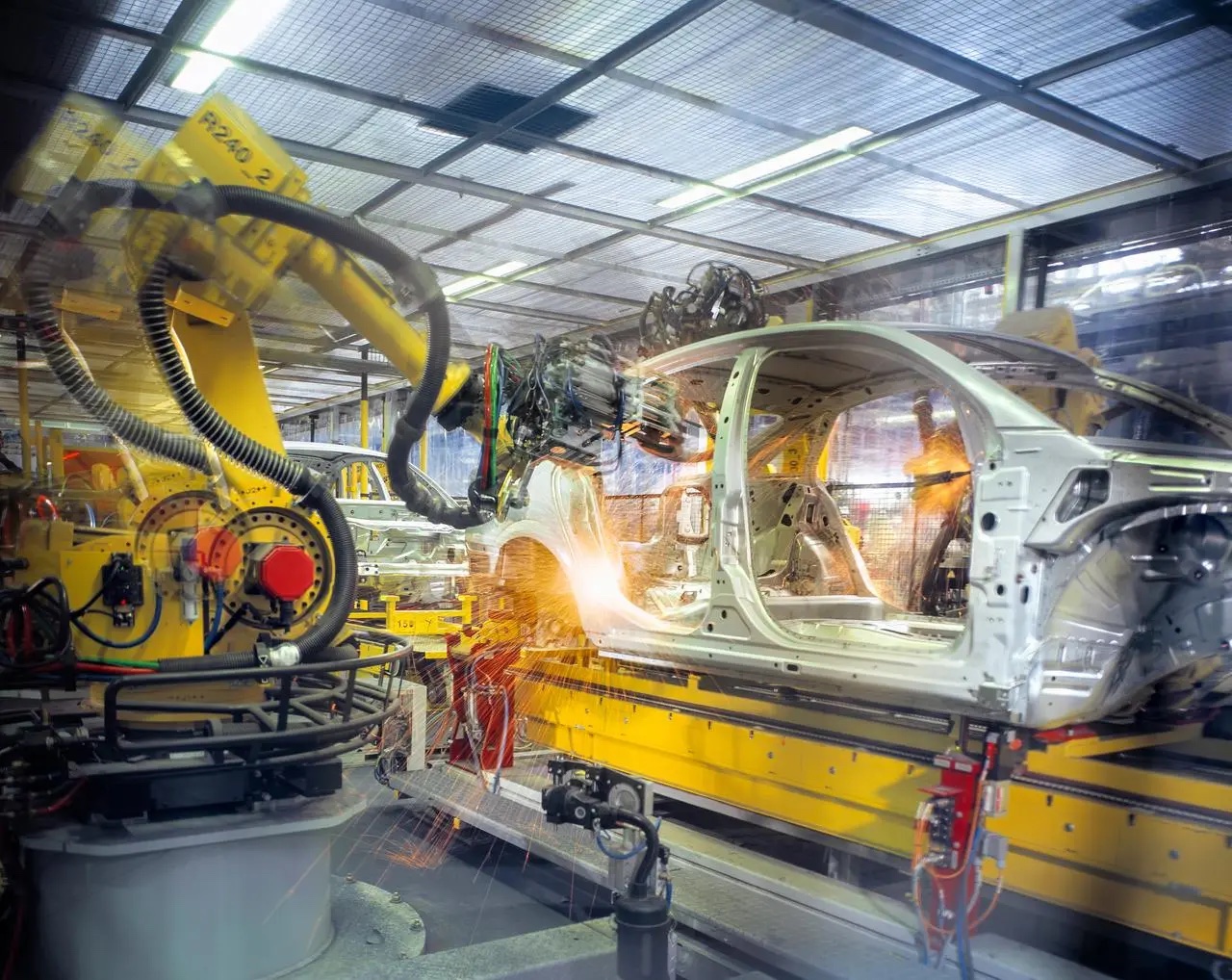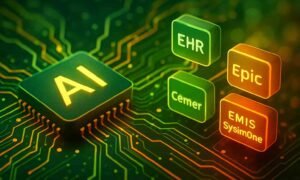

Connectivity and the growth of new technologies have brought with them the creation of new analytical methods that help to understand data and transform it into useful information to improve and streamline a large number of processes and activities. And the next evolutionary step in the technology sector has been to give even more value to data thanks to Artificial Intelligence of Things.
What is Artificial Intelligence of Things?
AIoT is the combination of Internet of Things and Artificial Intelligence technologies. To correctly understand the meaning of this concept, it is crucial to look into the details of its components.
The Internet of Things is based on connectivity that allows physical elements, devices, to transfer data over a wireless network and communicate with other devices. This technology is increasingly present in industrial, agricultural and health sectors, and even in buildings and a good number of elements that are part of the so-called smart cities, as they are connected cities. It also offers a wealth of options and opportunities to improve people’s lives and work environments.
On the other hand, there is Artificial Intelligence, a concept that is becoming increasingly popular, especially in technological areas. AI uses algorithms that enable automatic machine learning. Its main objective is that technological tools based on it are able to detect errors and warn of them in the future. For example, it is used as a fundamental part of establishing corporate strategies in recruitment processes or in the field of supply chains.
In this sense, AIoT can be defined as a new technology in charge of providing physical elements with autonomy so that they can analyse the situation and make decisions based on automatic learning.
Objectives of Artificial Intelligence in Things
The main goal of this technology is to extend the benefits of IoT and AI. IoT devices host and manage a large amount of data and, therefore, to exploit and interpret the information, machine learning needs to be implemented. This enables systems to be able to self-correct, adapt to contexts and continuously improve.
With the combination of both technologies, intelligent solutions can be developed for smart cities, industrialisation, the health sector and transport, among others. In addition, another goal is to facilitate the use of automation, and to improve its security and privacy.
The objectives of the artificial intelligence of things raise a new concept, Edge Computing. This is the ability to process data efficiently from the smart device itself.
AIoT applications
Artificial Intelligence of Things is already present in many areas, from industrial environments to leisure and tourism, from agriculture and livestock farming to transport and logistics, from banking and insurance.
It is present in today’s smartphones, as they use intelligent applications that are able to learn and respond automatically through human interaction. One example is voice assistants such as Siri, Alexa or Cortana, through which the user can perform searches, make calls, compose messages or open other applications.
AIoT is also used in the recommendation systems installed in applications, social networks, emails and streaming platforms, among others. These tools are designed to generate and provide suggestions and content to the user in a personalised way. They use AI algorithms and machine learning techniques to create an advanced neural network between products and users.
Many companies use this advanced technology to improve security in real-time data analysis, as it helps to detect trends and spikes in demand, or suspicious events, which helps to keep users safe during a purchase process (very useful for cybersecurity departments).
Another significant example is the use of AIoT in autonomous vehicles. It is installed in the on-board computer, cameras and other connected elements, so that they can be able to make autonomous decisions in real time, taking into account road conditions, road safety, and driving mode.
What are the benefits of AIoT?
The use of Artificial Intelligence of Things brings many benefits. Primarily, it improves data analysis and thus increases the operational efficiency of devices. This makes it possible to identify the wrong points in order to adjust production processes to real needs.
In addition, users do not have to spend time checking devices, AIoT-based systems are autonomous, which saves resources and time, helping companies to become more sustainable. And thanks to the deployment of the 5G network, the number of devices connected to each other can increase, optimising processes and improving scalability.





















